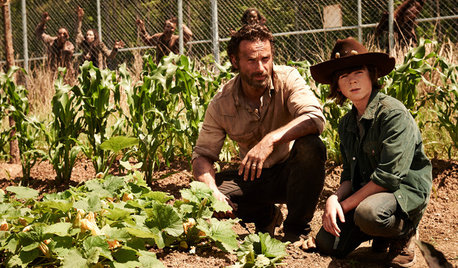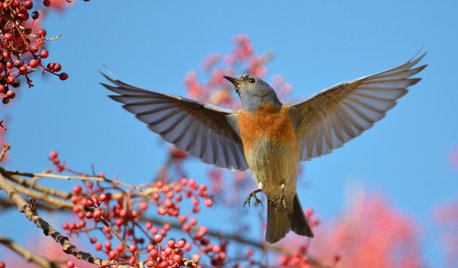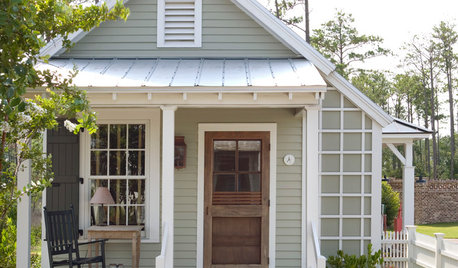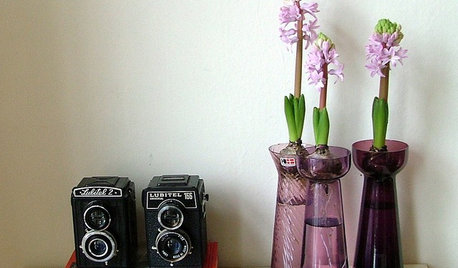What is 'too dead to recover'?
richardol
16 years ago
Related Stories

FUN HOUZZHow to Survive an Epidemic of Walking Dead
Tips to use around the house and garden to prep for the zombie apocalypse
Full Story
LIFEWhy We Want a House With a Great View
Research shows that just looking at nature has powerful mental benefits. Here's how to get a boost — with or without a million-dollar view
Full Story
GARDENING GUIDESHow to Bring the Joy of Bluebirds to Your Garden
Attract these beautiful songbirds with nesting habitat and food sources, including berry-producing trees and shrubs
Full Story
MOVINGHow to Avoid Paying Too Much for a House
Use the power of comps to gauge a home’s affordability and submit the right bid
Full Story
MOVINGTips for Winning a Bidding War in a Hot Home Market
Cash isn’t always king in a bidding war. Get the home you want without blowing your budget, using these Realtor-tested strategies
Full Story
GARDENING GUIDESHow to Fix Bare and Yellow Lawn Spots
Restore your turf’s good looks by reseeding unsightly patches
Full Story
DECLUTTERING9 Exit Strategies for Your Clutter
How to efficiently — and regularly — rid your home of the things you don’t want
Full Story
GARDENING GUIDESMake Sure You Read This Before Buying New Plants
Follow these 10 plant-selection tips to avoid buyer’s remorse
Full Story
HOUSEPLANTSGet Spring-Like Hyacinth Blooms All Winter Long
Try one of these forcing methods for cheery, colorful flowers to brighten wintry days
Full Story
FURNITUREWhy It's OK to Hate Your New Custom Sofa
It takes time to get used to bold new furniture, but dry your tears — the shock can be good for you. Here's what to expect
Full Story







petite_orange
irishpat
Related Professionals
Essex Landscape Architects & Landscape Designers · Palm Springs Landscape Architects & Landscape Designers · Saint Louis Park Landscape Architects & Landscape Designers · San Juan Landscape Architects & Landscape Designers · Burlington Landscape Contractors · Williamsburg Landscape Contractors · Cockeysville Landscape Contractors · Davis Landscape Contractors · Longmont Landscape Contractors · Tinton Falls Landscape Contractors · Aberdeen General Contractors · Arlington General Contractors · Dorchester Center General Contractors · Fairview General Contractors · Highland City General Contractorsmehitabel
jane__ny
richardolOriginal Author
claire1_2007
arthurm
claire1_2007
tee530
jane__ny
cjwatson
mehitabel
littlem_2007
scott361
littlem_2007
richardolOriginal Author
pcan-z9
scott361
claire1_2007
littlem_2007
chazn
richardolOriginal Author
orchid126
mehitabel
whitecat8
richardolOriginal Author
whitecat8